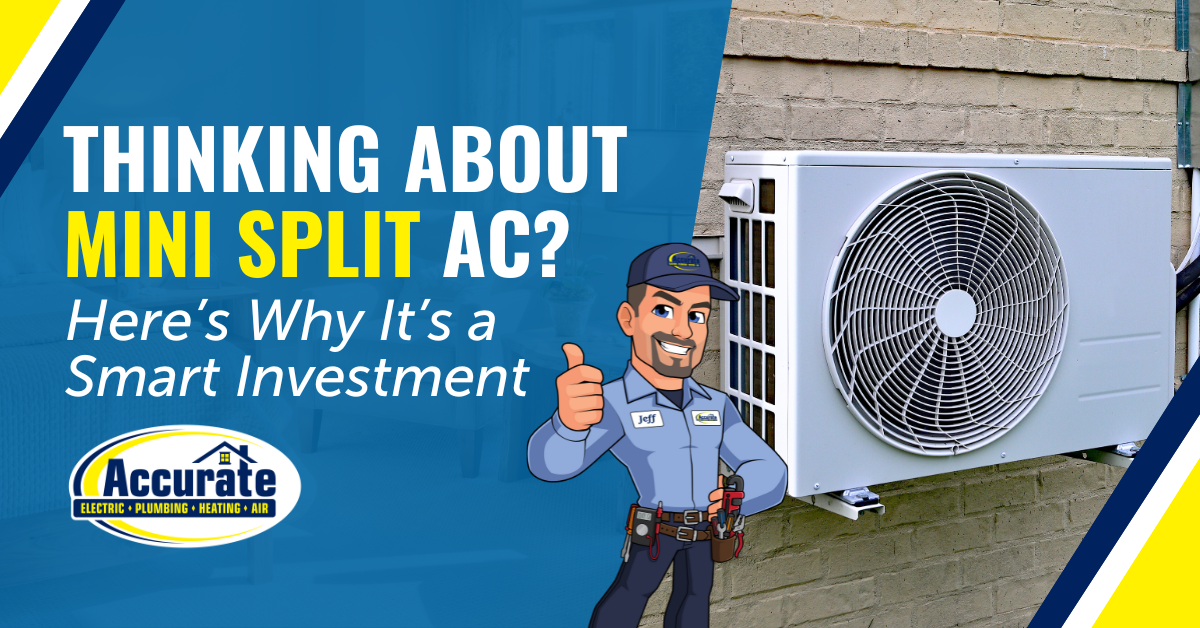Brief History

It originated in ancient Rome before becoming ultimately popular with your grandparents’ and parents’ generations. While it may seem like your grandparents and parents possibly grew up in ancient Rome, HVAC technology has slowly developed throughout a long period of human history.
The Greeks and Romans invented early residential heating when they used fires that ran beneath marble floors, which was the birth of radiant heating. Later when blower fans were invented to remove toxic gases from mining areas and resistance coils where heated by electricity, the two advances were used to control the positioning of air throughout buildings and homes. In 1902, Willis Carrier invented a system of coils that utilized fans circulating cool air throughout a printing plant. This would become the basis for an air conditioner, which sold to millions of homeowners during the 1950s. There’s a lot more science involved as in this technology, but you can learn all about that if you are considering a career in HVAC or if you pick the brain of your local HVAC technician.
The Acronym

So what does HVAC really mean?
Heating
Ventilation
Air
Conditioning
The HVAC acronym summarizes the idea of the different types of heating and cooling services that exist for buildings, vehicles and residential homes. This would group any machinery or technology used to improve the overall comfort of our air temperature or any style of cooling mechanism. Basically, HVAC helps human beings battle the elements of weather and temperature so we don’t have to live like the ancient Romans did or before them. During hectic work weeks, your home might resemble a cave, but we promise you it could be much worse.
Components You Should Know
There are many different parts, machine models, and new technology that make up the HVAC industry, however, there are a few main components we think you should familiarize yourself with:
Thermostat: The most desired consumer part of either a heating system or cooling system. This is the main brain set to program the desired air temperature. A thermostat can be used manually or programmed to shut your system off to maintain a consistent temperature.
Furnace: A furnace uses combustion, a heat pump, electricity or even solar energy to heat your home by distributing warm air. A furnace typically takes up the most space and operates either in a separate room, basement or attic.
Heat Exchanger: This is part of your furnace and when heat rises from combustion, your exchanger absorbs this heat to make cool air a more comfortable temperature before it is circulated through your ventilation into your home.
Evaporator Coil: This component is just the opposite of the heat exchanger. Your HVAC system blows warm air from your home through your ductwork back to your evaporator coil, which causes condensation. This lowers the humidity making the air feel cool in your home.
Condensing Unit: This works hand-in-hand with the evaporator coil and holds refrigerant gas. Refrigerant is cooled to a liquid and is sent to the evaporator coil where it helps cause condensation thus enabling your air to cool before traveling through your ductwork and back into your home. As a side note, R-22 Freon is being phased-out now. Make sure you have your bases covered, read more about the phase-out and what you can do here.

Refrigerant Lines: These are tubes made out of copper or aluminum. They transport a refrigerant substance to your condensing unit in gas form and return the substance to your evaporator coils in a liquid form.
Ductwork: This is the system of aluminum tunnels or chambers that circulate warm and cool air throughout your home. The air travels through your home’s ductwork before penetrating the different rooms in your home through vents located in various areas.
There are many other components of HVAC technology, however, these are the basic components of which all heating, ventilation and air conditioning are built upon.
Schooling & Career Opportunities
If you are considering a career option in HVAC you do have a few options. Typically most professional HVAC companies require you to operate within the normal job duties with a certificate or associate’s degree in HVAC technology. Depending on the route you’d like to go, a bachelor’s degree in mechanical or electrical engineering will enable you to have more options.
In order to become a licensed contractor in the state of California, you do have to pass two exams: a business and law exam as well as an HVAC trade exam. This will provide you a C-20 license, which is required for any projects over the price of $500. All of our technicians are fully licensed.
Your career options:
Installation/Maintenance
Maintenance and Installation technician work begins through a certificate program or with an associate’s degree. You will learn about the different components, handling, plumbing, designs, and different models of HVAC systems and usually start your training with an apprenticeship.
Engineering/Design
Typically when you want to elevate your career and eventually develop new technology in the HVAC world, you will most likely need a master’s degree in engineering (electrical or mechanical). You can obtain work through research and development however companies will require you to have a more formal education with a minimum of a bachelor’s degree. If you want to design the next incredible HVAC system or advance this industry then this would be the path to shoot for.
Control Systems
HVAC control systems involve training in electronics and having extensive knowledge of computer programming. Usually, applicants or job seekers looking to work in control systems have had years of experience, training in electronics and have a formal education background as well.
Q&A’s?
Questions about HVAC technology or looking to get into the HVAC industry? Accurate can help you. There are many options for pursuing a career in HVAC technology in Southern California and Accurate is always looking for the best and brightest technicians to be a part of their team. If you do want to pursue this career we can give you information to point you in the right direction to start your journey.




